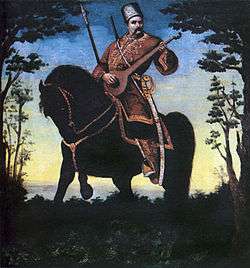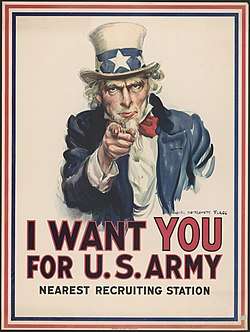National personification
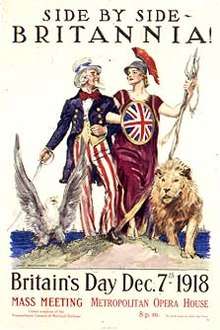
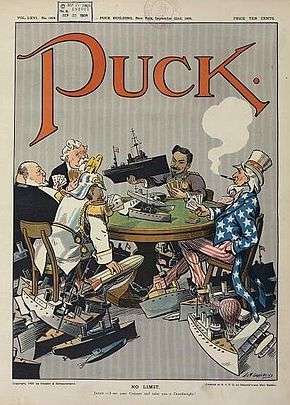
A national personification is an anthropomorphism of a nation or its people. It may appear in editorial cartoons and propaganda.
Some early personifications in the Western world tended to be national manifestations of the majestic wisdom and war goddess Minerva/Athena, and often took the Latin name of the ancient Roman province. Examples of this type include Britannia, Germania, Hibernia, Helvetia and Polonia. Examples of personifications of the Goddess of Liberty include Marianne, the Statue of Liberty (Liberty Enlightening the World), and many examples of United States coinage. Another ancient model was Roma, a female deity who personified the city of Rome and more broadly, the Roman state, and who was revived in the 20th Century as the personification of Mussolini's "New Roman Empire". Examples of representations of the everyman or citizenry—rather than of the nation itself—are Deutscher Michel, John Bull and Uncle Sam.[1]
Personifications by country or territory
See also
- Polandball, a contemporary form of national personification in which countries are drawn by Internet users as stereotypic balls and shared as comics on online communities.
- Hetalia: Axis Powers, an anime about personified countries interacting, mostly taking place within the World Wars.
- Mural crown
- National animal, often personifies a nation in cartoons.
- National emblem, for other metaphors for nations.
- National god, a deity that embodies a nation.
- National patron saint, a Saint that embodies a nation.
References
- ↑ Eric Hobsbawm, "Mass-Producing Traditions: Europe, 1870-1914," in Eric Hobsbawm and Terence Ranger, eds., The Invention of Tradition (Cambridge, 1983), 263-307.
- ↑ "NATIONAL SYMBOLS". Bangladesh Tourism Board. Bangladesh: Ministry of Civil Aviation & Tourism.
- ↑ Ahmed, Salahuddin (2004). Bangladesh: Past and Present. APH Publishing. p. 310. ISBN 8176484695. Retrieved July 11, 2012.
- ↑ O'Clery, M. (2003) Annals of Ireland by the Four Masters as translated into English
- ↑ O'Rourke Murphy, M. & MacKillop, J. (2006). An Irish Literature Reader: Poetry, Prose, Drama.
- ↑ Hardiman, James (1831). Irish Minstrelsy; or Bardic Remains of Ireland, Volume 2. p. 140.
Her name has been frequently used by our Bards, to designate Ireland. Hence our Countrymen have been often called “Sons of old Grana Weal.”
- ↑ "Granuaile". Retrieved 31 May 2011.
- ↑ "A Manifesto from the Provisional Government of Macedonia". 1881.
Our mother Macedonia became now as a widow, lonely and deserted by her sons. She does not fly the banner of the victorious Macedonian army
- ↑ Bulgarian graphic representation of Bulgaria, East Rumelia and Macedonia
- ↑ http://www.parbode.com/opinie/item/2629-kunstschatten-mama-sranan
Further reading
- Lionel Gossman. "Making of a Romantic Icon: The Religious Context of Friedrich Overbeck's 'Italia und Germania.'" American Philosophical Society, 2007. ISBN 0-87169-975-3.
External links
| Wikimedia Commons has media related to Personifications of nations. |
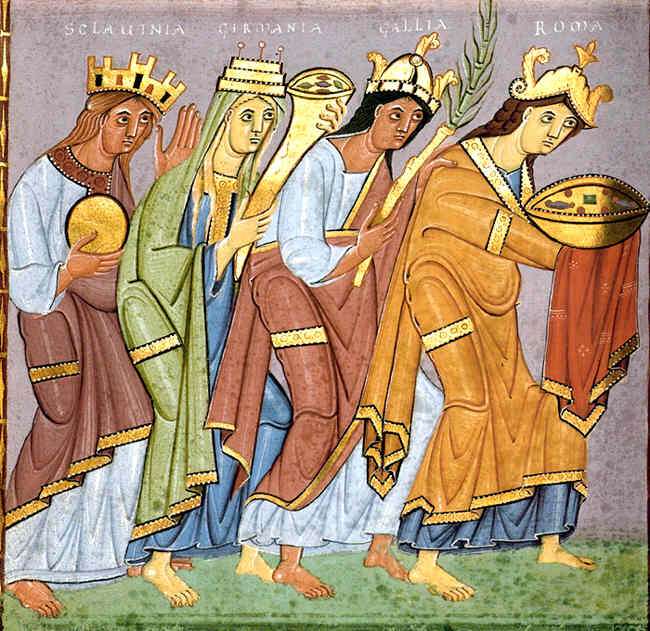


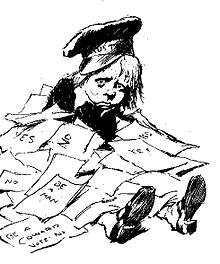


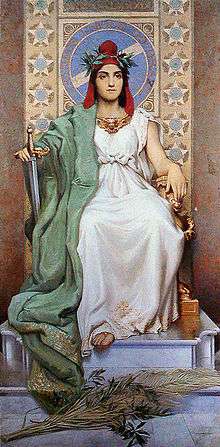
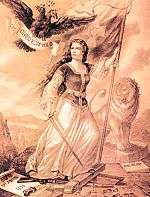

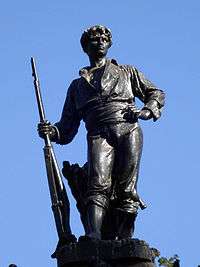
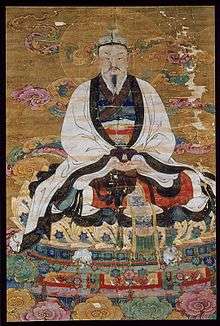
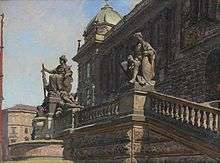


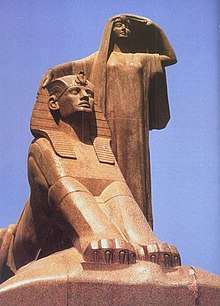
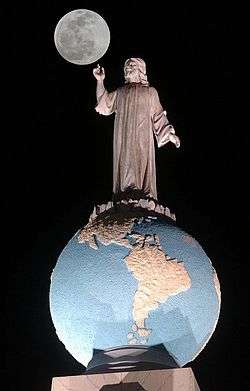
.jpg)
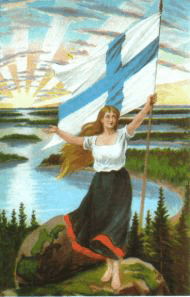
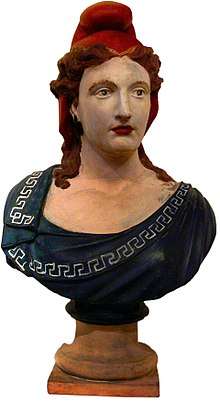

.jpg)
.jpg)
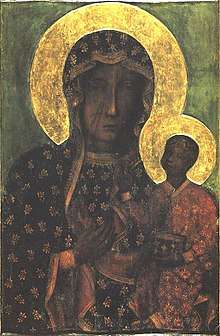

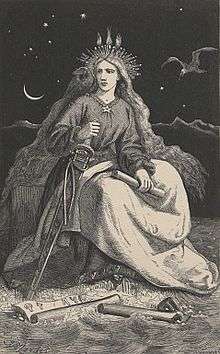

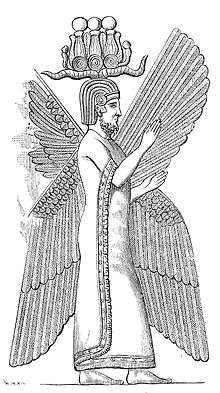
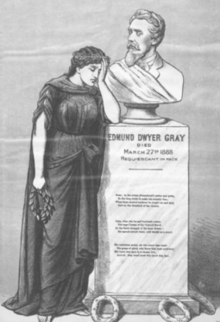
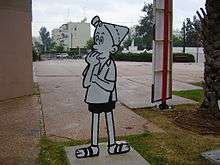
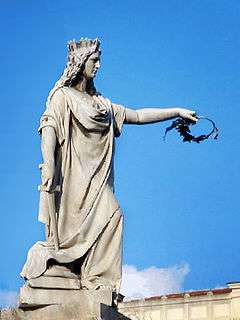



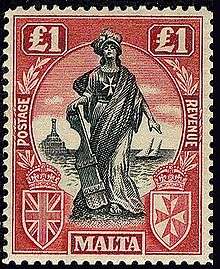

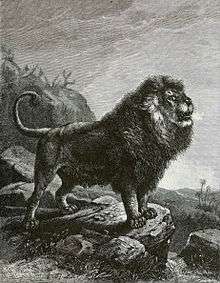

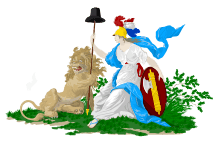

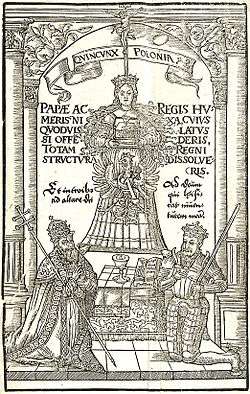
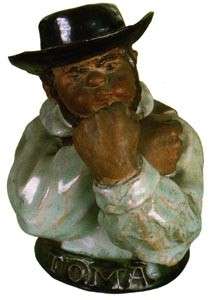
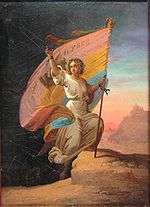

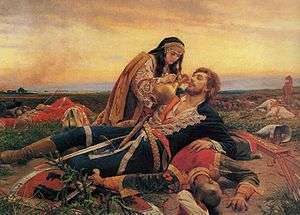
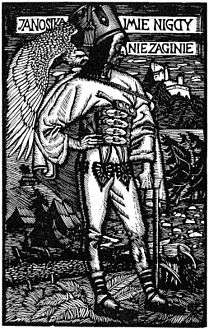
_03b.jpg)
.jpg)

